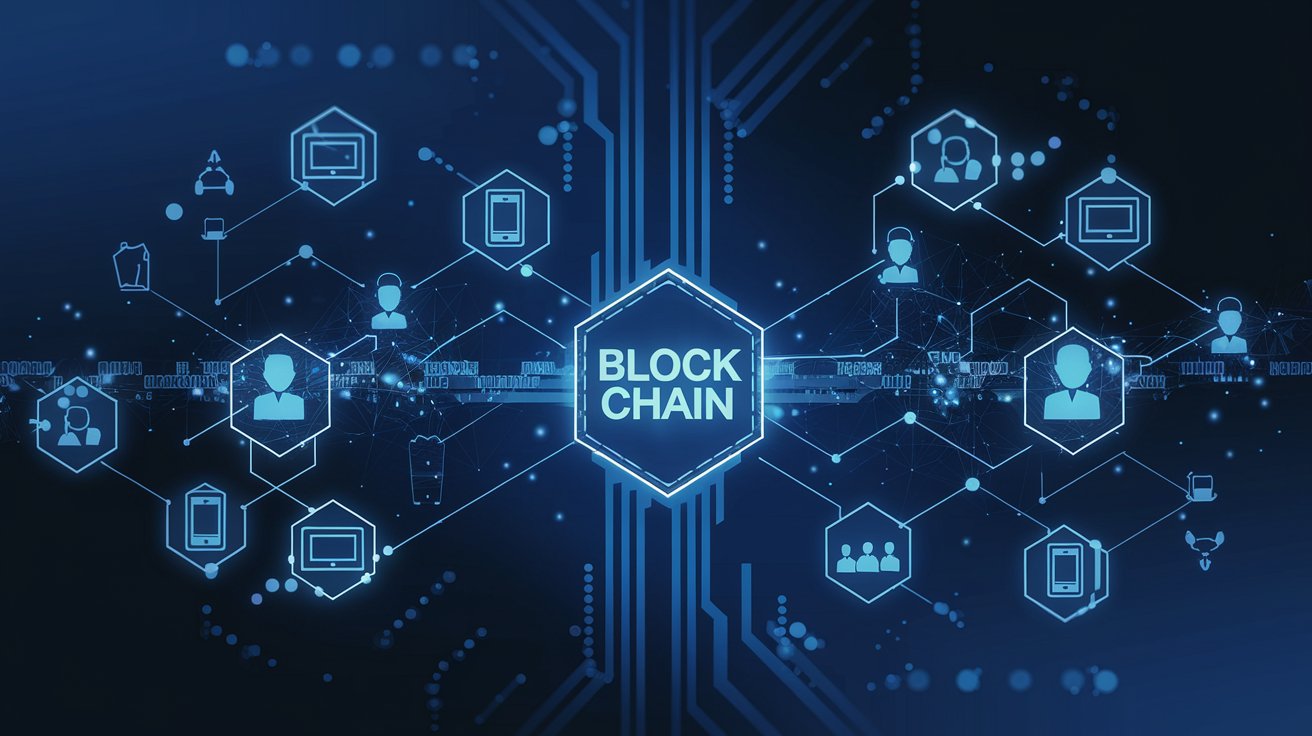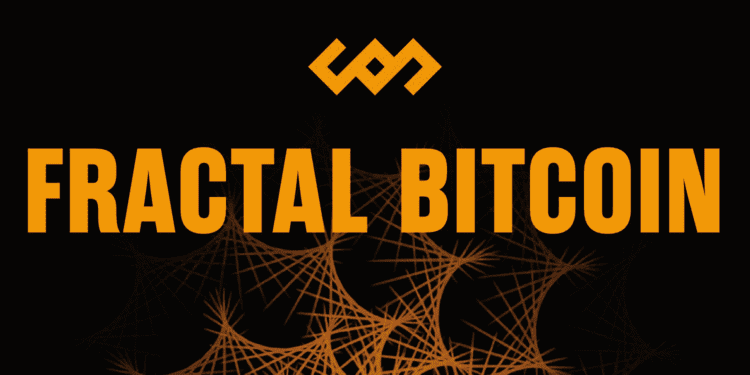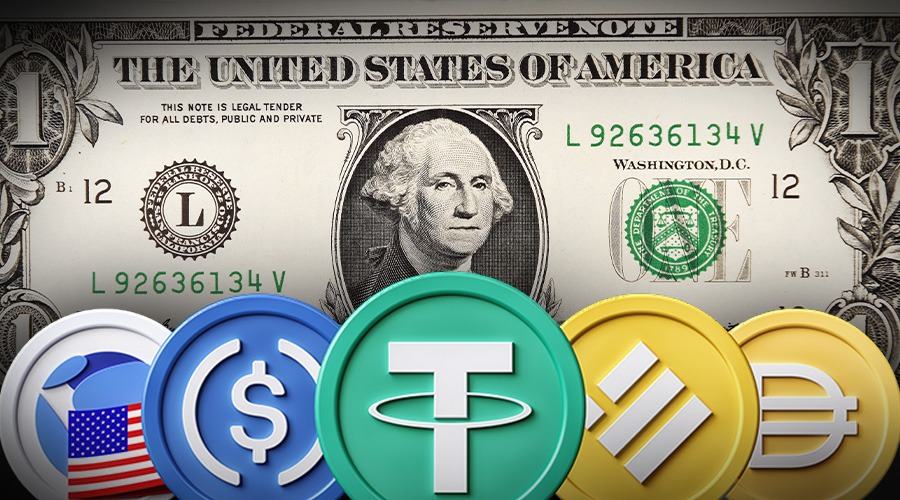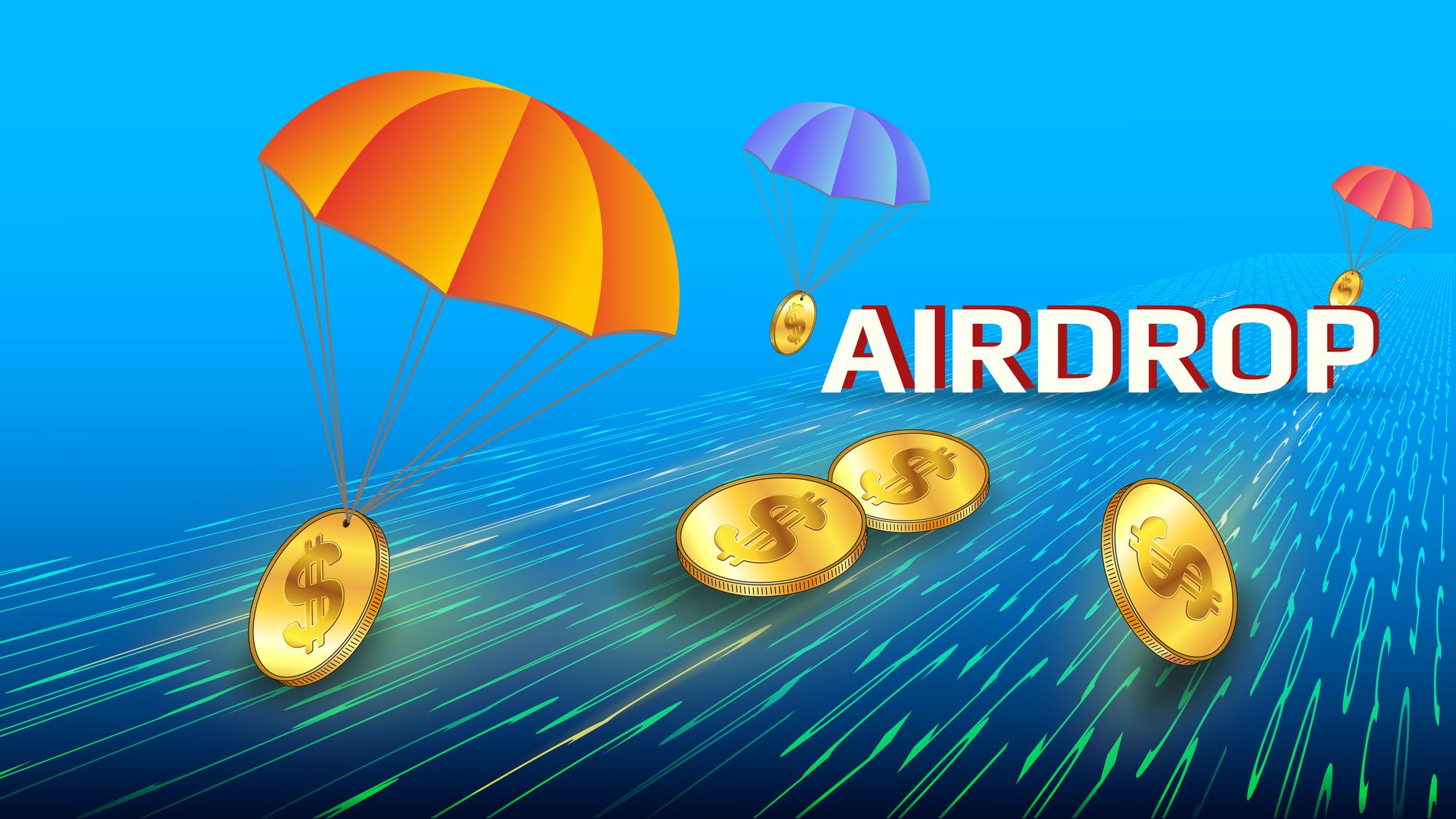In the fast-paced landscape of innovation, Decentralized Physical Infrastructure Networks (DePINs) are quickly gaining momentum as a formidable mixture of blockchain technology and physical infrastructure. With a strong 400% year on year increase in market cap to a total market capitalization of $35 billion over the last year, this growth showcases the innovation and importance. With dozens of projects emerging in the new Decentralized Generative Energy Infrastructure (DeGEN), AI x DePIN, zK-TLS, and Decentralized Gaming Infrastructure (DeGIN) categories. Approximated at $2.2 trillion potential landscape market size, and is projected to reach $3.5 trillion by the year 2028, according to Messari.
Operating on the core principle of decentralization, rather than being controlled by a centralized authority, responsibility and rewards for building and maintaining infrastructure are distributed among a network of participants. These networks allow individuals to contribute resources like data storage, transportation, healthcare, telecommunications, or energy grids.
By leveraging blockchain technology, smart contracts, and tokenized assets, in particular, transforming how physical infrastructure is built and maintained. Creating a robust framework that not only enhances efficiency and resilience, but empowers communities to have an active role in the process, driving innovation and progress across various sectors, offering a decentralized alternative to the traditional models.
Eliminating the reliance on central authorities, DePIN distributes control across a network of participants. Reducing the risk of single-point failures which are common in centralized systems. For example, a traditional energy grid, or a failure at a central power plant can lead to widespread outage. on the other hand, a decentralized energy grid distributes power across many sources. boosting the system’s flexibility. DePIN makes it harder for malicious intent to compromise the system, by distributing data across a decentralized network creating a self-sustaining ecosystem.
The decentralized nature of DePINs means all participants have access to the same information, reducing information asymmetry and fostering collaboration within the network. Blockchain technology provides the foundation that ensures all transactions and activities with a DePIN are recorded in an unaltered ledger. Smart contracts automate many of the processes within a DePIN. triggering actions, such as payments or service providing when predefined conditions are met. DePINs utilize utility tokens to incentivize members to contribute to the network. These tokens can be earned by giving services, infrastructure, or assets, guaranteeing that there is a persistent inspiration for support. The utilize of platform tokens not only incentivizes interest but moreover makes an economic environment inside the network. Members can exchange or utilize these utility tokens inside the network, driving economic activity and sustainability. Off-chain networks allow for transactions that occur outside the main blockchain, facilitating the purchase of resources like computing power or data storage.
The success of DePINs is driven by what’s known as the DePIN flywheel. A self- reinforcing cycle where increased usage leads to higher token prices, which then attract more contributors, expanding the network and drawing investor interest. This cycle makes DePINs increasingly valuable and capable of offering a wider range of services as they grow.

DePINs inherently have greater flexibility as a result of the distributed nature. also, its rapid scalability is much better than the traditional centralized systems. As more participants join the network and contribute resources the network’s capacity and flexibility also increase. Built on public blockchains or using decentralized nodes, DePINs can extend essential infrastructure to areas underserved by traditional solutions. By eliminating intermediaries and automating processes, DePINs can significantly reduce costs associated with infrastructure development and maintenance. DePINs decentralized nature allows for rapid expansion into newly created areas without the need for regulatory approvals. and through the token incentive, these networks can sustain themselves financially without constant external investments.
DePINs can be grouped into two main types: Physical Resource Networks (PRNs) and Digital Resource Networks (DRNs). PRNs utilize physical resources (hardware, infrastructure), while DRNs utilize digital resources (data, computational power). PRN participants contribute physical assets, whereas DRN participants contribute digital assets. Helium Network and Filecoin are examples of PRNs, while Golem Network and Livepeer are examples of DRNs.
While DePINs offer many benefits like innovation and technological advancement, community engagement and empowerment, economic growth and new revenue streams, and environmental sustainability, there are also challenges.
Decentralization reduces the impact of hacks, but physical infrastructure remains vulnerable to attacks, regulatory hurdles, scalability issues, security concerns, interoperability lastly, user adoption and education. Additional risks include social engineering and integration with centralized systems DePINs must employ strong encryption to ensure security, maintain tamper-proof blockchain records, conduct regular smart contract audits, and uphold strong community administration.
DePINs represent a new frontier in infrastructure management, providing a decentralized, scalable, and efficient alternative to traditional systems. Although still in its infancy compared to giants like Microsoft and Amazon, the DePIN market is poised to reshape how we build and operate critical infrastructure, with a promising future ahead.






